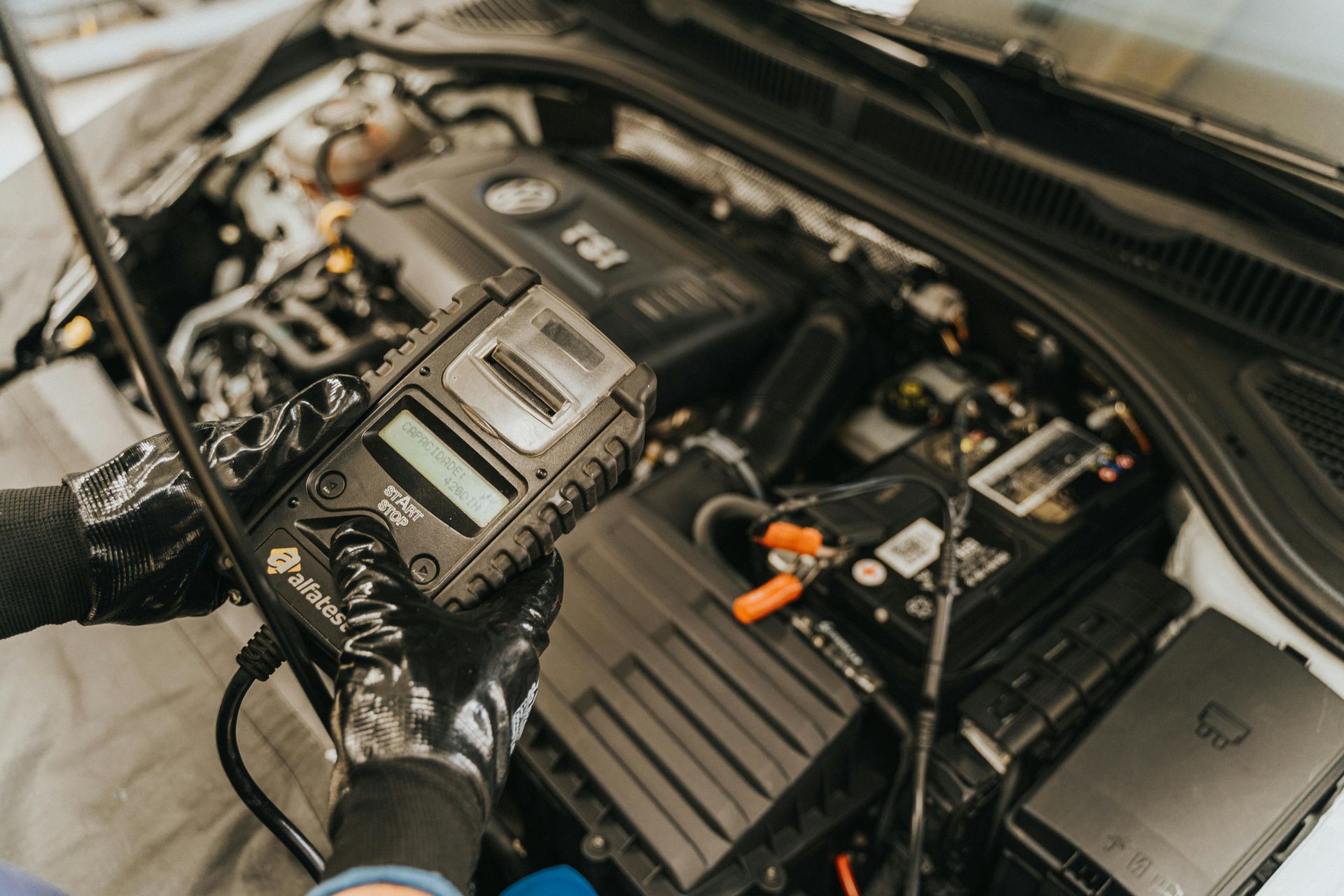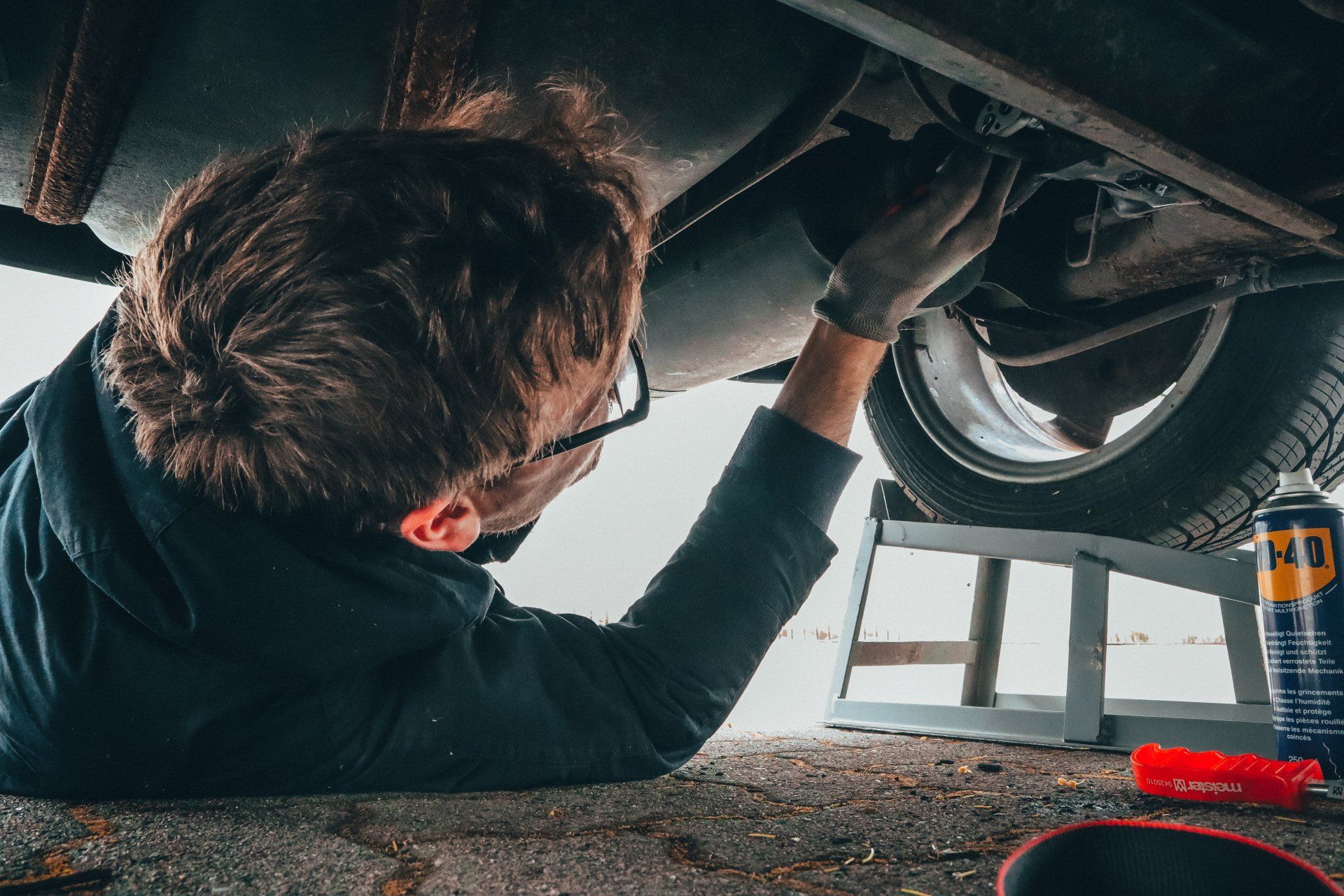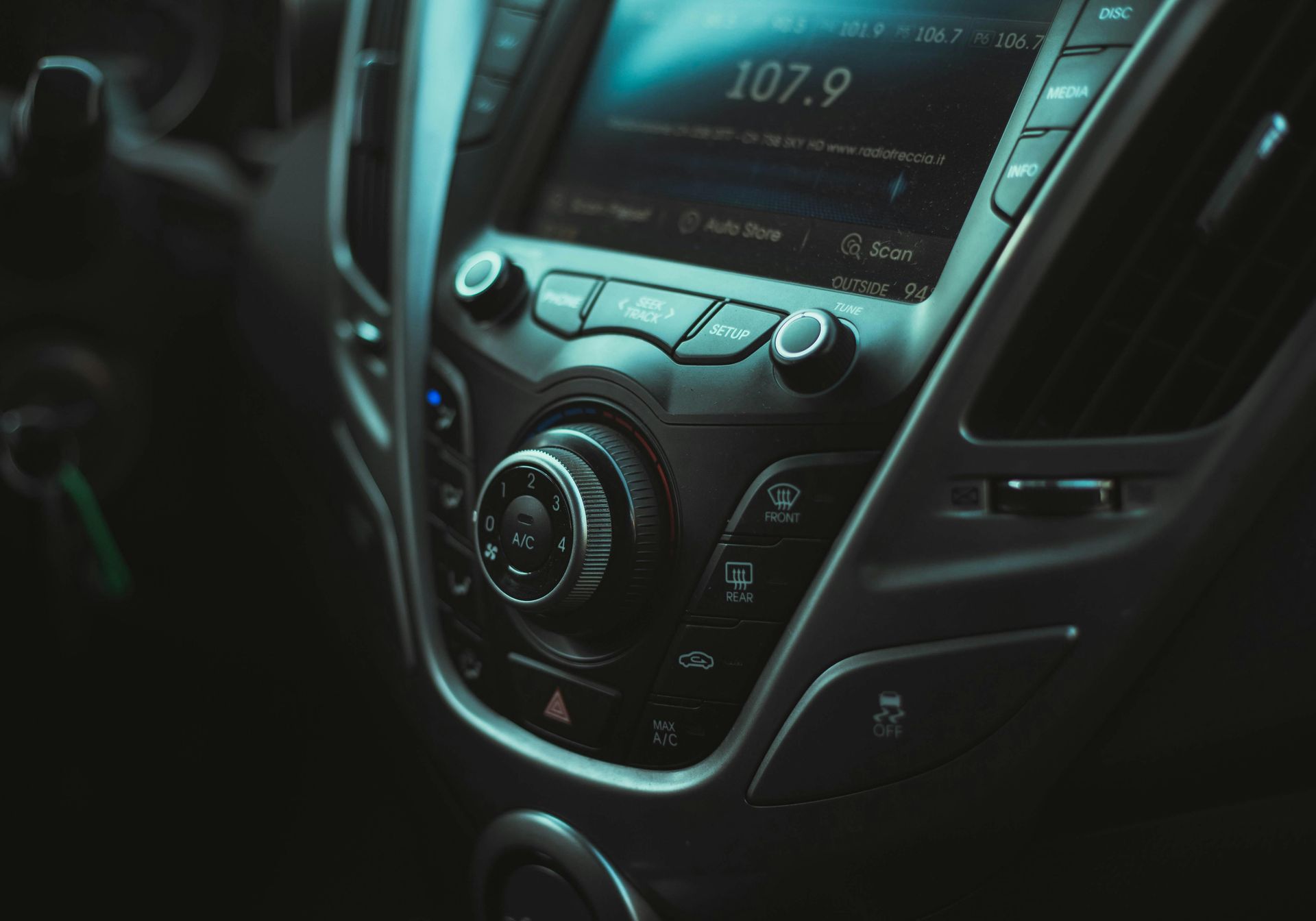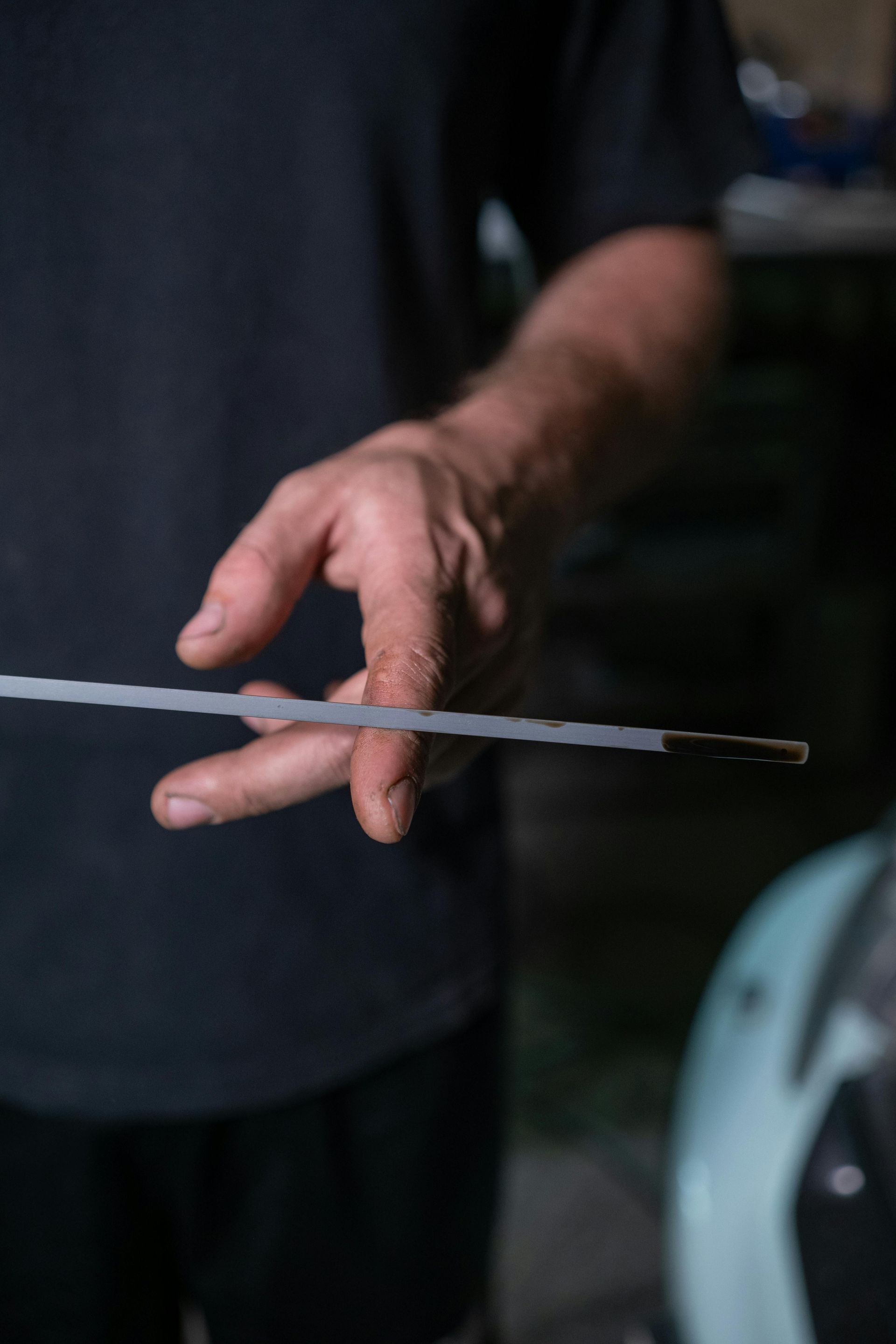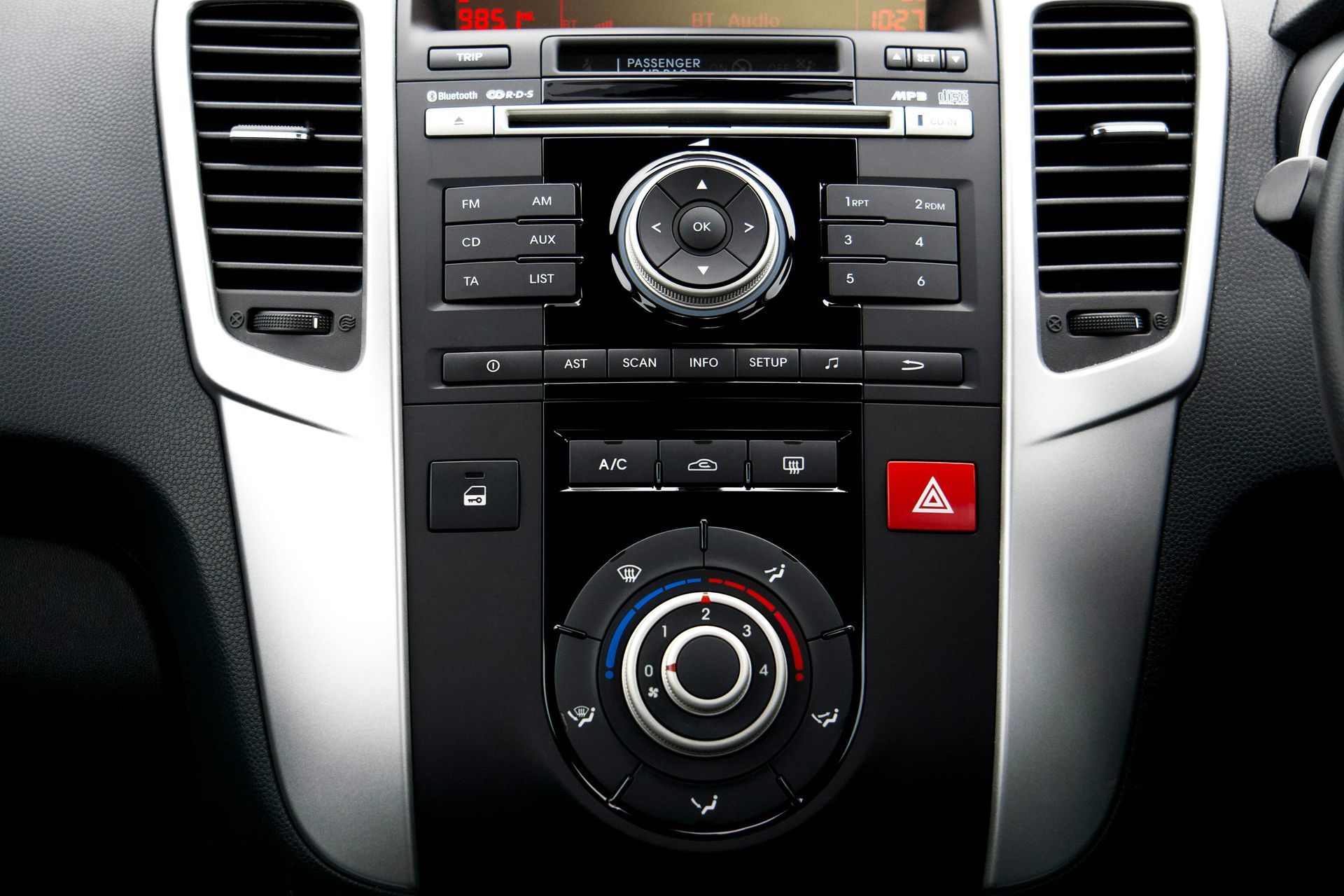Keep Your Tires Road-Trip Ready for End-of-Summer Adventures from Eugene
As summer winds down in the Pacific Northwest, many Eugene families are planning one last getaway before school starts. Whether you're heading to the Oregon coast, exploring Crater Lake, or taking a scenic drive through the Cascade Mountains, your tires are the only thing connecting your vehicle to the road. Don't let tire trouble cut your adventure short – a little preparation can ensure safe travels and peace of mind.
Check Your Tire Pressure Before Every Trip
Oregon's late summer weather can be unpredictable, with temperatures swinging from cool mornings to hot afternoons. These temperature changes affect tire pressure more than most drivers realize. For every 10-degree temperature change, your tire pressure changes by about 1 PSI.
Check your tire pressure when the tires are cold – ideally before you've driven more than a mile. Use a reliable tire gauge and compare readings to the recommended pressure found on a sticker inside your driver's door or in your owner's manual. Don't rely on the maximum pressure printed on the tire sidewall, as this isn't the recommended operating pressure for your specific vehicle.
Properly inflated tires improve fuel economy, which is especially important for long drives to places like Bend or the Columbia River Gorge. Under-inflated tires create more rolling resistance, forcing your engine to work harder and burn more fuel.
Inspect Tread Depth and Wear Patterns
Your tire's tread depth directly affects traction, especially on wet Oregon roads. Even during late summer, you might encounter unexpected rain showers, particularly when driving toward the coast or higher elevations.
Use the penny test to check tread depth quickly. Insert a penny into the tread groove with Lincoln's head pointing down. If you can see all of Lincoln's head, your tires have less than 2/32 inch of tread remaining and need replacement before your next road trip.
Look for uneven wear patterns while checking tread depth. If the inner or outer edges are wearing faster than the center, you may need an alignment. Cupping or scalloping patterns often indicate suspension problems or tire imbalance. Address these issues before heading out on Highway 126 toward the coast or Highway 58 to Oakridge.
Examine Sidewalls for Damage
Heat and age can cause tire sidewalls to develop cracks, bulges, or other damage that isn't immediately obvious. Inspect your tires' sidewalls carefully, looking for cuts, cracks, or any bulging areas that could indicate internal damage.
Pay special attention to the sidewall area where it meets the tread. This transition zone experiences the most stress during cornering and can develop problems over time. Any visible damage to the sidewall means the tire should be replaced before your trip, as sidewall failures can be sudden and dangerous.
Don't Forget Your Spare Tire
Nothing ruins a road trip like discovering your spare tire is flat when you need it most. Check your spare tire's pressure and condition regularly – spare tires lose air pressure just like your regular tires, sometimes faster because they're not used frequently.
If your vehicle has a temporary spare (often called a "donut"), remember these are only meant for short distances and lower speeds. Plan accordingly if you're traveling to remote areas like the McKenzie Pass or Sisters, where tire services might be limited.
Consider Your Load and Driving Conditions
End-of-summer road trips often mean extra cargo – camping gear, coolers, sports equipment, and luggage. All this additional weight puts extra stress on your tires and can affect handling and braking performance.
Check your vehicle's maximum load capacity and distribute weight evenly. If you're carrying a lot of gear for a camping trip to the Three Sisters Wilderness or hauling bikes to explore the Row River Trail, you might need to adjust your tire pressure slightly higher within the manufacturer's recommended range.
Plan for Mountain Driving
If your late summer adventure takes you over mountain passes like Santiam Pass or McKenzie Pass, your tires will face additional challenges. Higher elevations mean temperature changes, and mountain roads can be hard on tires due to steep grades and winding curves.
Consider carrying tire chains if you're traveling to higher elevations, even in late summer. Mountain weather can change quickly, and early season snow isn't uncommon at higher elevations in the Oregon Cascades.
Heat and Highway Driving
Extended highway driving generates heat in your tires, which can be dangerous if your tires are already compromised. When driving to destinations like Portland or California, stop every couple hours to let your tires cool down and check for any obvious problems.
Avoid driving on extremely hot pavement during the hottest part of the day when possible. If you must drive during peak heat, keep your speeds reasonable and avoid sudden acceleration or hard braking that can generate additional heat.
Hit the Road with Confidence
Before you pack the car for your end-of-summer adventure, make sure your tires are ready for the journey. A few minutes of inspection and preparation can prevent roadside emergencies and keep your family safe on Oregon's highways and mountain roads.
Don't leave tire safety to chance – visit Action Automotive at 1491 W 6th Ave in Eugene for a comprehensive tire inspection before your next road trip. Our experienced technicians can check tire pressure, inspect for damage, and ensure your tires are ready for whatever late summer adventures await. Call (541) 209-6023 to schedule your pre-trip tire service and travel with confidence knowing your tires won't let you down.
